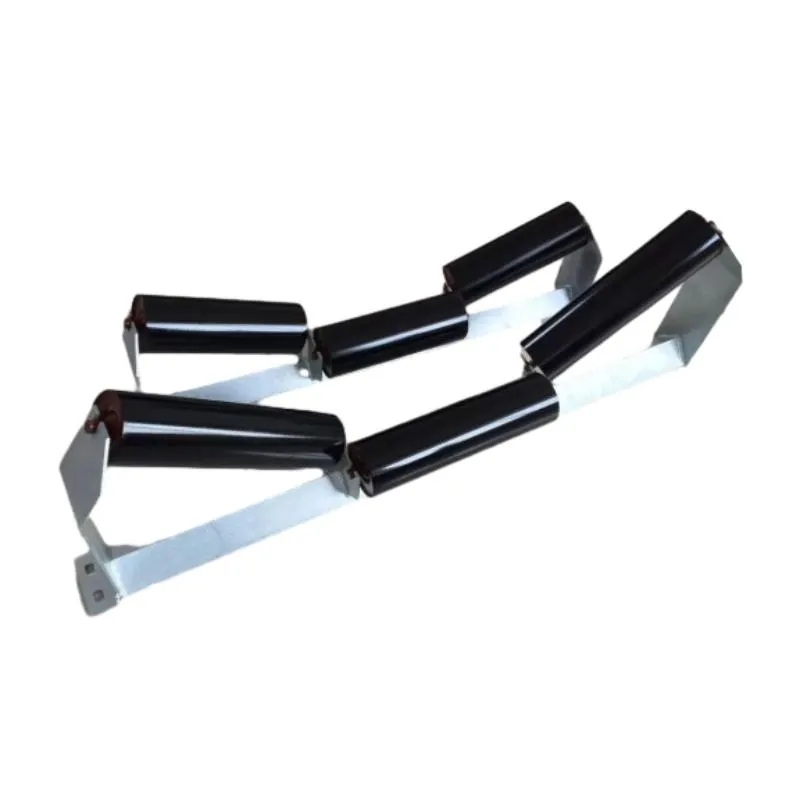 Afrikaans
Afrikaans  Albanian
Albanian  Amharic
Amharic  Arabic
Arabic  Armenian
Armenian  Azerbaijani
Azerbaijani  Basque
Basque  Belarusian
Belarusian  Bengali
Bengali  Bosnian
Bosnian  Bulgarian
Bulgarian  Catalan
Catalan  Cebuano
Cebuano  Corsican
Corsican  Croatian
Croatian  Czech
Czech  Danish
Danish  Dutch
Dutch  English
English  Esperanto
Esperanto  Estonian
Estonian  Finnish
Finnish  French
French  Frisian
Frisian  Galician
Galician  Georgian
Georgian  German
German  Greek
Greek  Gujarati
Gujarati  Haitian Creole
Haitian Creole  hausa
hausa  hawaiian
hawaiian  Hebrew
Hebrew  Hindi
Hindi  Miao
Miao  Hungarian
Hungarian  Icelandic
Icelandic  igbo
igbo  Indonesian
Indonesian  irish
irish  Italian
Italian  Japanese
Japanese  Javanese
Javanese  Kannada
Kannada  kazakh
kazakh  Khmer
Khmer  Rwandese
Rwandese  Korean
Korean  Kurdish
Kurdish  Kyrgyz
Kyrgyz  Lao
Lao  Latin
Latin  Latvian
Latvian  Lithuanian
Lithuanian  Luxembourgish
Luxembourgish  Macedonian
Macedonian  Malgashi
Malgashi  Malay
Malay  Malayalam
Malayalam  Maltese
Maltese  Maori
Maori  Marathi
Marathi  Mongolian
Mongolian  Myanmar
Myanmar  Nepali
Nepali  Norwegian
Norwegian  Norwegian
Norwegian  Occitan
Occitan  Pashto
Pashto  Persian
Persian  Polish
Polish  Portuguese
Portuguese  Punjabi
Punjabi  Romanian
Romanian  Russian
Russian  Samoan
Samoan  Scottish Gaelic
Scottish Gaelic  Serbian
Serbian  Sesotho
Sesotho  Shona
Shona  Sindhi
Sindhi  Sinhala
Sinhala  Slovak
Slovak  Slovenian
Slovenian  Somali
Somali  Spanish
Spanish  Sundanese
Sundanese  Swahili
Swahili  Swedish
Swedish  Tagalog
Tagalog  Tajik
Tajik  Tamil
Tamil  Tatar
Tatar  Telugu
Telugu  Thai
Thai  Turkish
Turkish  Turkmen
Turkmen  Ukrainian
Ukrainian  Urdu
Urdu  Uighur
Uighur  Uzbek
Uzbek  Vietnamese
Vietnamese  Welsh
Welsh  Bantu
Bantu  Yiddish
Yiddish  Yoruba
Yoruba  Zulu
Zulu Types of Lagging for Conveyor Pulleys and Their Benefits and Applications
Understanding Conveyor Pulley Lagging Types A Comprehensive Overview
Conveyor systems are integral to various industries, such as mining, manufacturing, and logistics, facilitating the efficient movement of materials. At the heart of these systems lies the conveyor pulley, which plays a crucial role in maintaining proper belt operation and extending the lifespan of the equipment. One of the essential components of a conveyor pulley is the lagging, which is applied to the pulley’s surface to enhance performance and durability. There are several types of conveyor pulley lagging, each designed to address specific operational challenges.
What is Conveyor Pulley Lagging?
Conveyor pulley lagging refers to the material applied to the surface of a conveyor pulley to improve its traction with the conveyor belt, reduce wear, and mitigate slippage. Lagging serves as a protective layer that enhances the pulley’s functionality by ensuring the belt maintains optimal contact with it, thereby maximizing the system's efficiency. Proper lagging can help reduce belt wear and extend the overall life of the conveyor system.
Types of Conveyor Pulley Lagging
1. Rubber Lagging
Rubber lagging is one of the most commonly used types due to its excellent grip and durability. This type of lagging is usually made from natural or synthetic rubber, which offers excellent resistance to wear, abrasion, and environmental factors. Rubber lagging is particularly effective in heavy-duty applications where the conveyor operates under extreme conditions. The different surface patterns, such as smooth, diamond, or ribbed, can also provide varying levels of traction, making rubber lagging versatile for different belt types.
Ceramic lagging features small ceramic tiles embedded in a rubber base. This type is specifically designed for high-friction applications and is exceptionally effective in preventing belt slippage. Ceramic lagging is commonly used in industries where the material being conveyed is heavy, or where high angles of incline are required. The added benefit of ceramic elements is their ability to resist wear, making it a long-lasting option for heavy-duty applications.
conveyor pulley lagging types

3. Polyurethane Lagging
Polyurethane lagging is gaining traction in the industry due to its high resilience and wear resistance. This type of lagging offers similar benefits to rubber but has a lower coefficient of friction, which can be advantageous in certain applications. Additionally, polyurethane lagging can withstand extreme temperatures and harsh chemicals, which makes it suitable for environmental conditions that may degrade other materials.
4. Metal Lagging
Metal lagging, often made from steel or aluminum, is less common but is used primarily in specific applications that require high durability and wear resistance. Metal lagging is particularly beneficial in high-impact situations where materials being conveyed can damage softer surfaces. While metal lagging can offer excellent protection, it is essential to ensure that it is carefully installed to prevent excessive wear on the conveyor belt itself.
5. Textile Lagging
Textile lagging consists of fabric layers bonded with rubber. This type provides flexibility and is primarily used in applications where significant belt stretches occur. Textile lagging can help absorb shock loads and reduce wear on both the pulley and the belt. Additionally, it is often lighter in weight compared to rubber or metal options, allowing for easier installation and maintenance.
Conclusion
Choosing the appropriate conveyor pulley lagging type is critical for optimizing the performance of a conveyor system. Each type of lagging—rubber, ceramic, polyurethane, metal, and textile—offers distinct advantages and is suited for specific applications and operating conditions. By carefully evaluating the requirements of your conveyor system and the materials being handled, you can select the right lagging type to enhance traction, minimize wear, and ensure the efficiency of your operations. In the ever-evolving landscape of industry, investing in the proper conveyor pulley lagging will lead to improved productivity and reduced maintenance costs in the long run.
-
Revolutionizing Conveyor Systems with Spiral Return RollersNewsMay.27,2025
-
Reliable Conveyor Pulley UpgradesNewsMay.27,2025
-
Optimizing Conveyor Efficiency with Roll Table Convey RollersNewsMay.27,2025
-
Maximizing Conveyor Efficiency with Wing PulleysNewsMay.27,2025
-
Maximize Conveyor Efficiency with Impact BedsNewsMay.27,2025
-
Clean Belt SolutionsNewsMay.27,2025





























